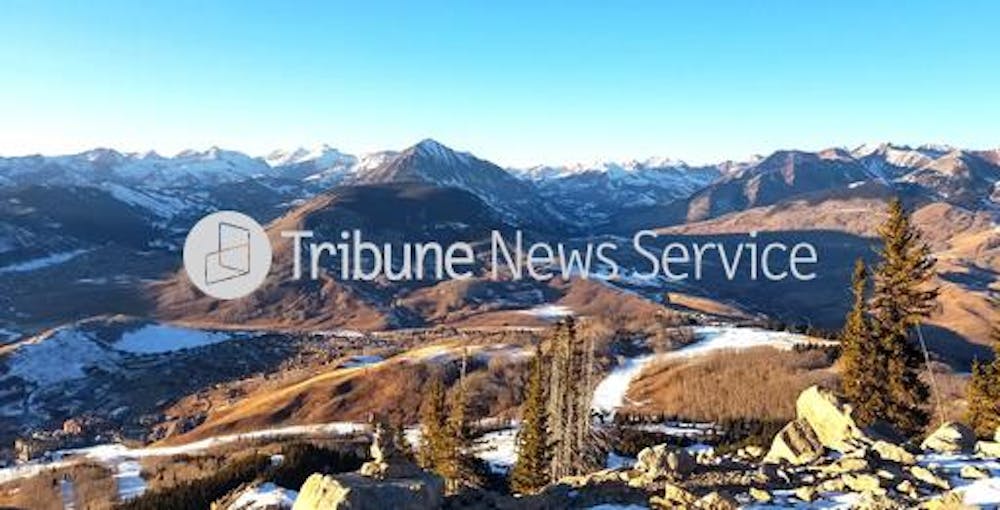This story was written by Elise Schmelzer. It was originally published by the Tribune News Service here: https://delivery.tribuneconten...
Denver, Colorado — Warming temperatures will sap more water out of the Colorado River — and many other waterways fed by mountain streams — as groundwater is depleted over the long term, new research shows.
The depletion will be enough to render sections of one important tributary river in Colorado completely dry in arid years, according to a study published last week in the journal Nature that examined data from the East River outside Crested Butte.
As water experts negotiate the next long-term plan among several states to divvy up the overallocated Colorado River, scientists working in Colorado identified a new factor that will affect how much water is available in coming decades.
As the West heats up, the study found, mountain groundwater storage will deplete and the mountain streams that feed the region’s rivers will drastically shrink.
Few previous studies have attempted to quantify how climate change will affect mountain groundwater’s contributions to streamflow in the long term. Scientists who conducted the study found that depleted groundwater stores, coupled with warming, could reduce stream flows by up to 34%. Without accounting for groundwater loss, models predict stream flow loss of up to only 13%.
“If we don’t account for groundwater in our future projections, we’re potentially underestimating flows in the future,” said Rosemary Carroll, lead author of the study and a Crested Butte-based research professor with the Desert Research Institute. “It’s something that needs to be on the table.”
The East River sends water from the mountains north of Crested Butte to the Gunnison River, which is a major tributary to the main stem of the Colorado. The East River is representative of many headwaters streams in the Colorado River Basin, the study states.
Groundwater functions as a savings account in mountain water systems, Carroll said. In dry years, groundwater supplements low-flowing streams. In wet years, water returns to the ground and the savings account replenishes.
“It smooths out the wet and dry years,” Carroll said. “But if you deplete your savings, you have nothing to draw from.”
Models from Carroll’s team show that groundwater levels will not recuperate as fast — or possibly at all — as the mountains become hotter and drier, with drought becoming more severe and constant.
Higher temperatures and drier air increase evaporation, which will reduce the amount of water available in mountain ecosystems. Thirstier vegetation will suck more water from the ground. When groundwater levels fall and cannot recuperate, water is drawn into the water table, instead of flowing downstream.
Already, aridification and warming are sapping groundwater storage — and the water “savings account” will be even less full by the end of the century. Data shows that after a particularly dry year on the East River in 2018, which occurred during four years of low-to-no monsoon activity, the groundwater systems never fully rebounded.
“We’re already starting to see some signs that this is happening,” Carroll said. “And the model says this might be an important problem in the future.”




